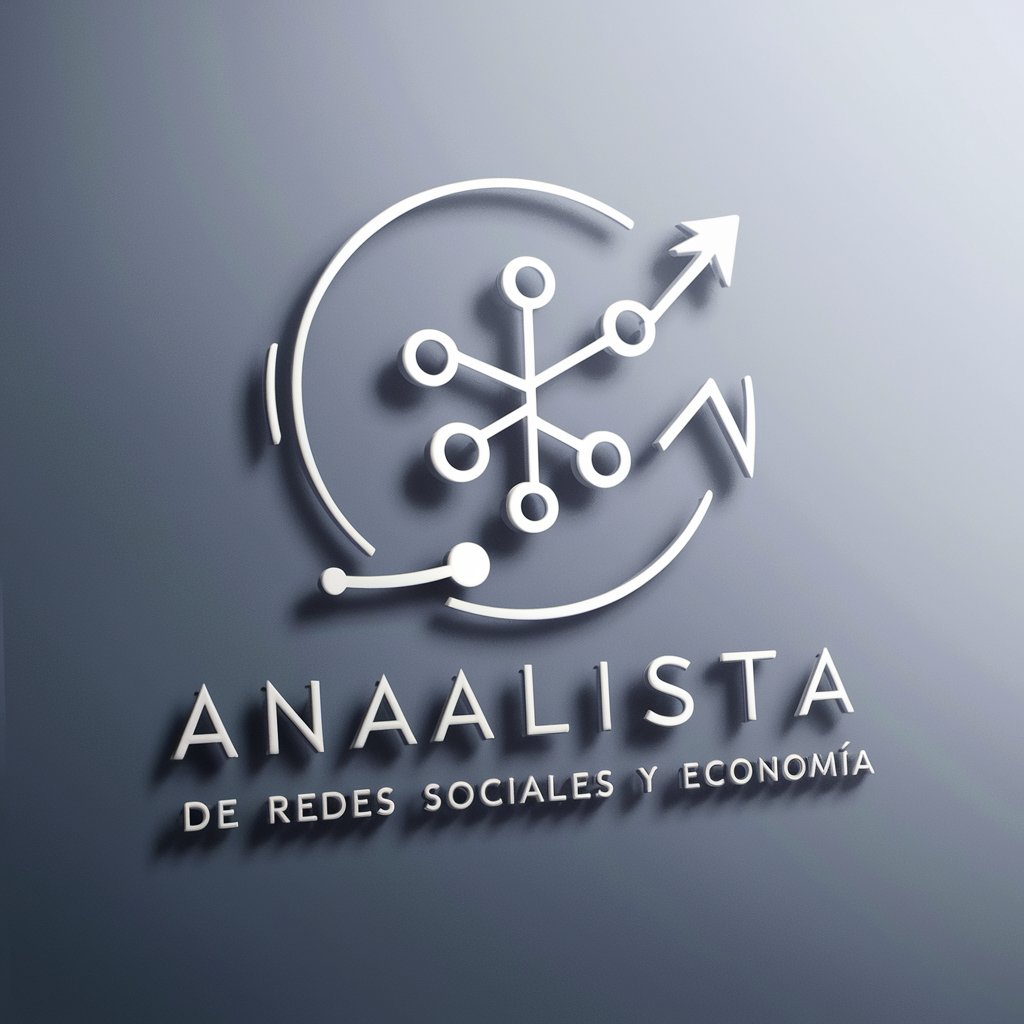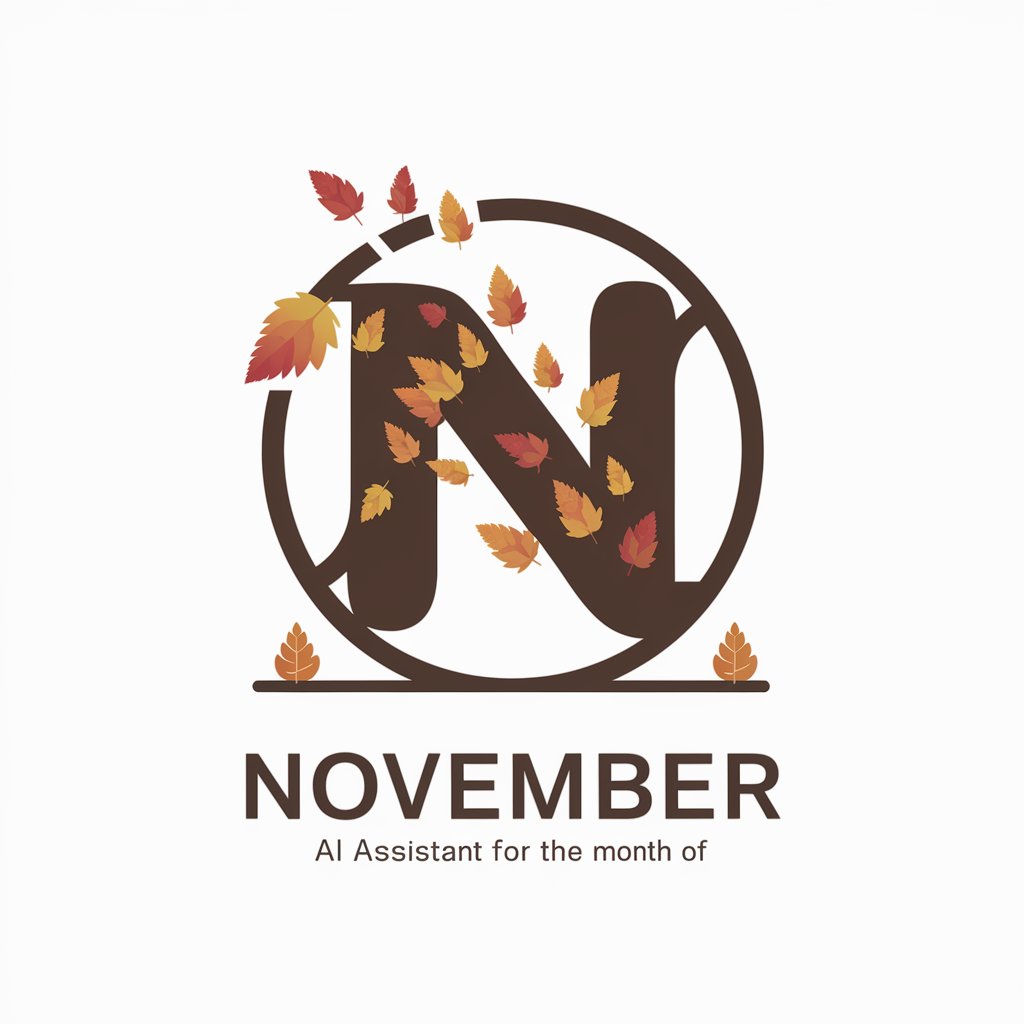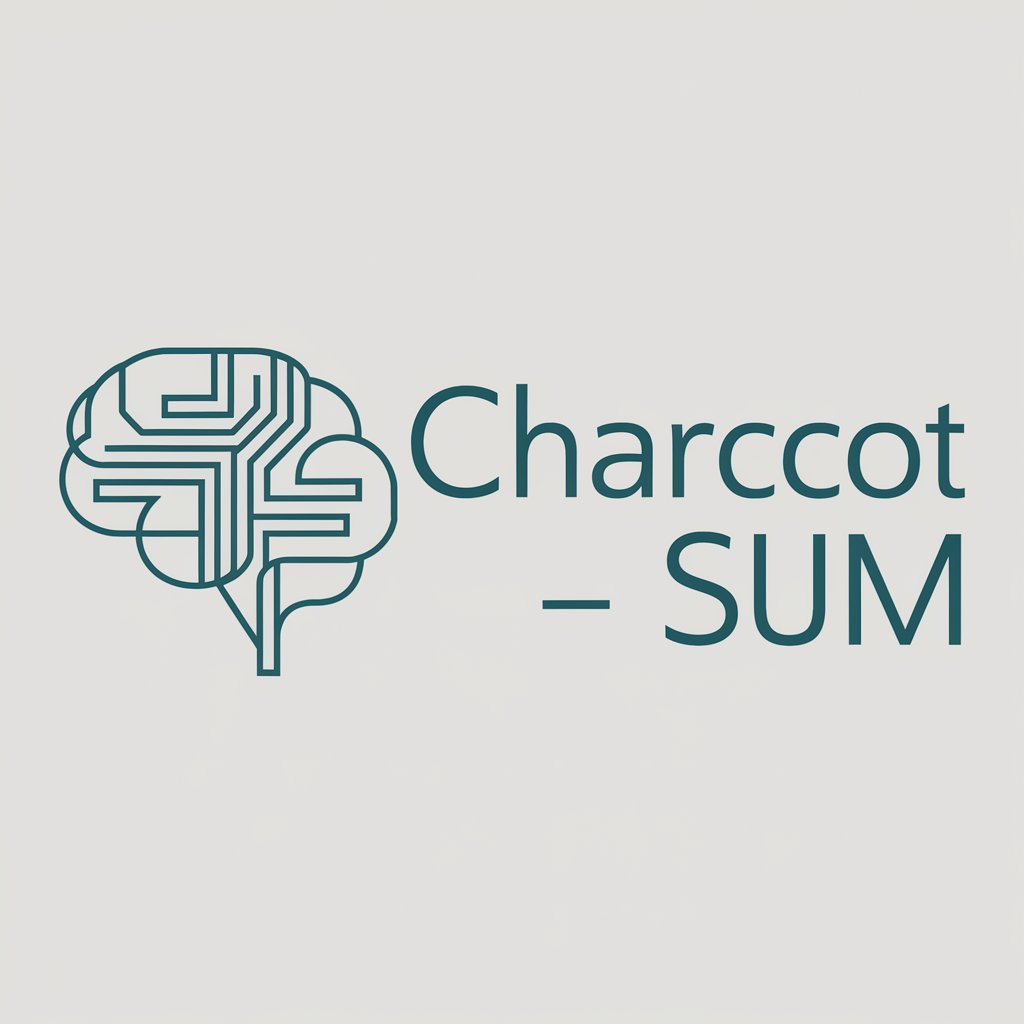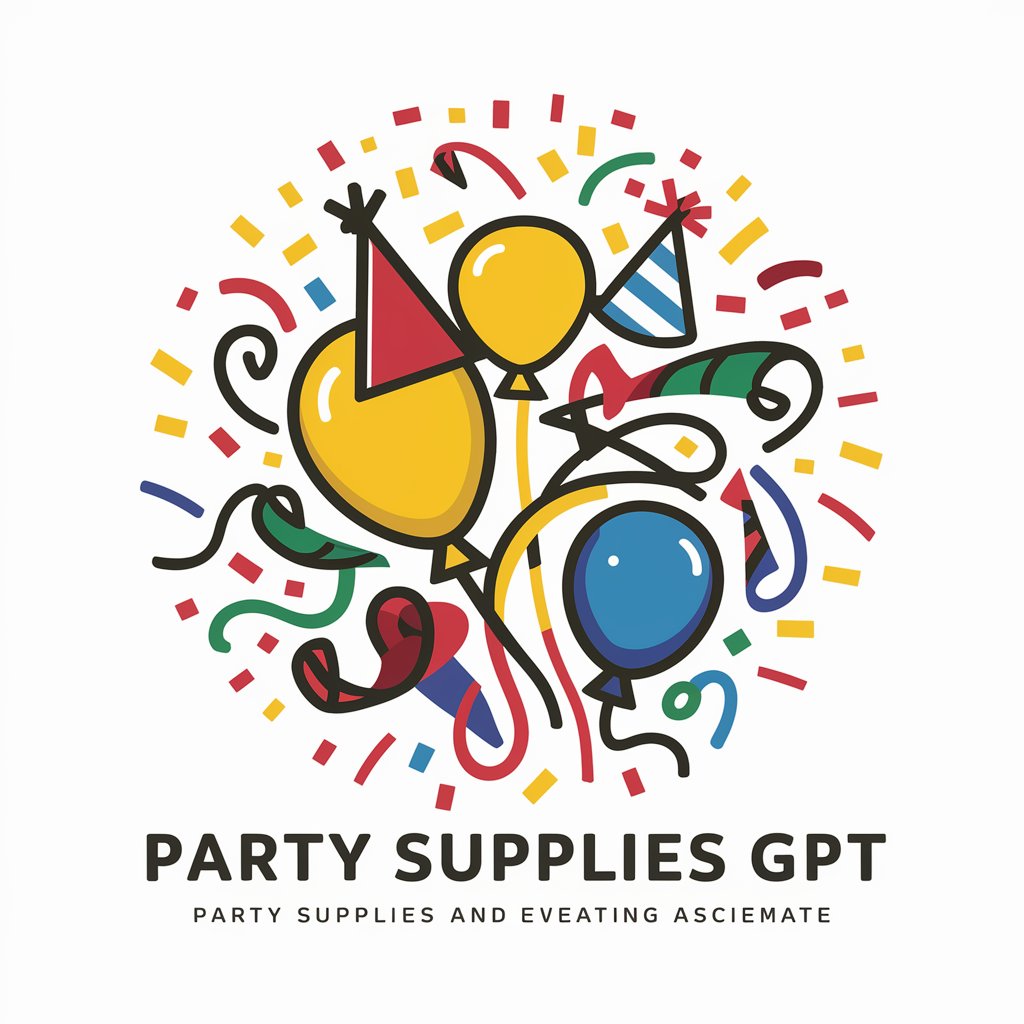Case Study - UX Case Study Creation

Hello! Let's craft an impactful UX design case study together.
Craft compelling UX narratives with AI
Describe the main challenges faced during the design process and how they were overcome.
Explain the research methods used to understand user needs and behaviors.
Outline the key features of the final design and their intended impact.
Discuss the feedback received and how it influenced the design iterations.
Get Embed Code
Overview of Case Study
Case Study is designed as a specialized assistant for crafting comprehensive and impactful UX design case studies. Its primary purpose is to guide users through the process of documenting and presenting their UX projects in a manner that clearly communicates the design process, user research, outcomes, and the rationale behind design decisions. This includes structuring the case study, suggesting improvements, and providing insights on effectively showcasing the project from conception to completion. Examples of its use include assisting in the creation of portfolio pieces for UX designers, improving presentations for stakeholder reviews, and enhancing documentation for educational purposes. Through detailed feedback and collaborative guidance, Case Study aims to elevate the quality and clarity of UX design narratives, making them more engaging and accessible to a wider audience. Powered by ChatGPT-4o。

Core Functions of Case Study
Structuring Case Studies
Example
Guiding a user through the organization of a case study, including sections such as Introduction, User Research, Design Process, Testing & Iterations, and Final Outcomes.
Scenario
A UX designer wants to document a recent project for their portfolio. Case Study helps by outlining a structure that ensures all critical aspects of the project are covered, making the case study both comprehensive and easy to follow.
Suggesting Improvements
Example
Offering recommendations on how to enhance the narrative, visual elements, and overall impact of a case study.
Scenario
A designer has drafted a case study but feels it lacks impact. Case Study reviews the draft, suggesting improvements in storytelling, the inclusion of more compelling visuals, and clearer explanations of design decisions and their outcomes.
Showcasing Design Process and Outcomes
Example
Advising on best practices for effectively presenting the design process, from initial research to final implementation, including user feedback and iteration stages.
Scenario
For a project aimed at improving an e-commerce website's usability, Case Study assists in highlighting key research findings, design challenges, iterative prototypes, and the resulting increase in user engagement and sales.
Who Benefits from Case Study?
UX Designers
Individuals seeking to showcase their design projects in portfolios or case study blogs. Case Study helps them articulate their design process, decision-making, and project outcomes in a structured and compelling way.
Design Teams
Teams working on collaborative projects who need to document their process and results for internal reviews, stakeholder presentations, or educational purposes. Case Study facilitates clear communication and demonstrates the collective efforts and achievements.
Design Educators and Students
Educators teaching UX design principles can use Case Study to illustrate effective case study writing, while students can leverage it to document their projects, learn from real-world scenarios, and prepare for professional careers.

How to Use Case Study
Start Your Journey
Begin by accessing yeschat.ai to explore Case Study capabilities with a free trial, no login or ChatGPT Plus subscription required.
Identify Your Project
Determine the UX design project you wish to develop a case study for. This could be a past project or a current one in need of documentation.
Gather Your Data
Collect all relevant information, including user research, design processes, challenges faced, and the solutions implemented throughout the project.
Draft Your Case Study
Use the structured guidance provided by Case Study to organize your information into a compelling narrative that highlights the problem, process, and outcome.
Refine and Share
Revise your draft based on feedback from Case Study, focusing on clarity and impact. Once finalized, share your case study in your portfolio or with your network.
Try other advanced and practical GPTs
Analista de Redes Sociales y Economía
Deciphering Social Networks with AI

Plant Diseases Diagnosiser
AI-powered Plant Health Analysis

November
Unlock November's Secrets with AI

Pet Care
Your AI Companion for Holistic Pet Care

Basketball Stock Photography Artist
Capturing the Heart of the Game with AI

MSGraph Guru
Empowering API Mastery with AI

Coffee Cup
Explore the world of coffee cups with AI

Power BI Wizard
Empowering data insights with AI

Best Mattress
Empowering Restful Sleep with AI

Charcot - Sum
AI-Powered Psychiatry and Psychoanalysis Insights

Party Supplies
Elevate Celebrations with AI-Powered Party Planning

Nuwonder
Empowering insights with AI.

Case Study Q&A
What is Case Study designed for?
Case Study is designed to assist users in crafting comprehensive and compelling UX design case studies. It helps structure the case study, improve narrative flow, and showcase design processes and outcomes effectively.
Can Case Study help with projects that are not yet completed?
Yes, Case Study can be utilized for ongoing projects by helping document the process as it unfolds. This allows for real-time reflection and can enhance the final case study with detailed, in-process insights.
Does Case Study provide feedback on my drafts?
While Case Study does not provide real-time feedback, it offers structured guidance and prompts that help you self-assess and refine your case study, ensuring that all critical elements are effectively communicated.
How can Case Study improve my portfolio?
By using Case Study to create detailed and structured case studies, you enhance the professionalism and comprehensiveness of your portfolio, showcasing your skills and process in a way that attracts potential employers or clients.
Are there prerequisites for using Case Study?
The primary prerequisite is having a UX design project to write about. Familiarity with basic UX design concepts is helpful but not required, as Case Study is designed to be accessible to users at various skill levels.
